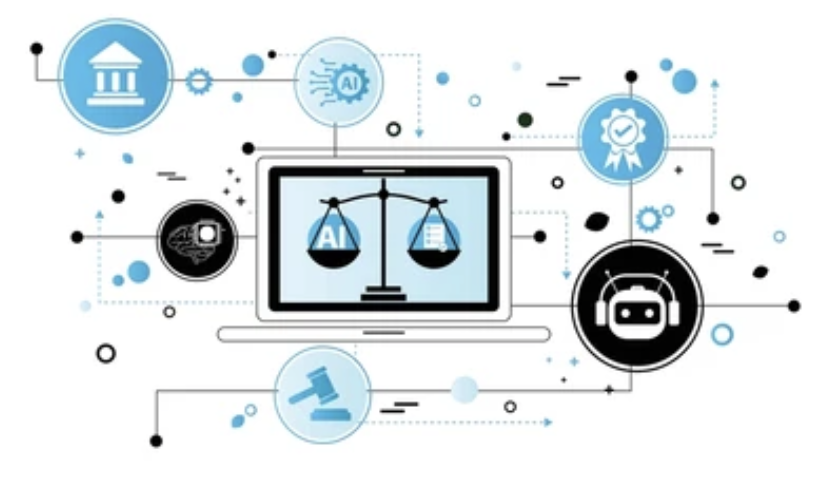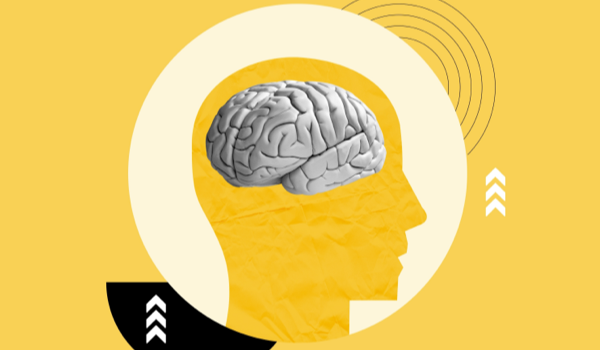


MUMBAI - Having the second-largest population globally, India is the fastest-growing country with one of the largest healthcare systems. India’s healthcare is one of the most dynamic sectors, growing at a compound annual growth rate of 22 percent, and will reach USD372 billion in 2022.[1]
Despite the challenges such a vast population can pose, the country provides free and primary healthcare facilities to over 1 billion people.[2] India emerged as a warrior after eradicating polio in 2011, and communicable diseases stooped low to 50 percent by 2016.[3] As an Indian, I am proud to state such facts, but likewise, it is disappointing for me to say that India ranks 112 out of 191 countries in global healthcare systems.[4] Not to forget, infant and pregnancy-related mortality rates are still high.[5]
Further, technological developments are helping India deliver specialized treatments but are unfortunately restricted to only urban areas. In the other India - rural areas struggle to receive essential healthcare services, and health centers are trying hard to live up to their identity. Currently, we can see a contrasting landscape in India’s healthcare system.[6]
The role of AI in India’s healthcare landscape
While Covid-19 has been a catalyst to brin
The content herein is subject to copyright by The Yuan. All rights reserved. The content of the services is owned or licensed to The Yuan. Such content from The Yuan may be shared and reprinted but must clearly identify The Yuan as its original source. Content from a third-party copyright holder identified in the copyright notice contained in such third party’s content appearing in The Yuan must likewise be clearly labeled as such. Continue with Linkedin
Continue with Linkedin
 Continue with Google
Continue with Google









 1817 views
1817 views








